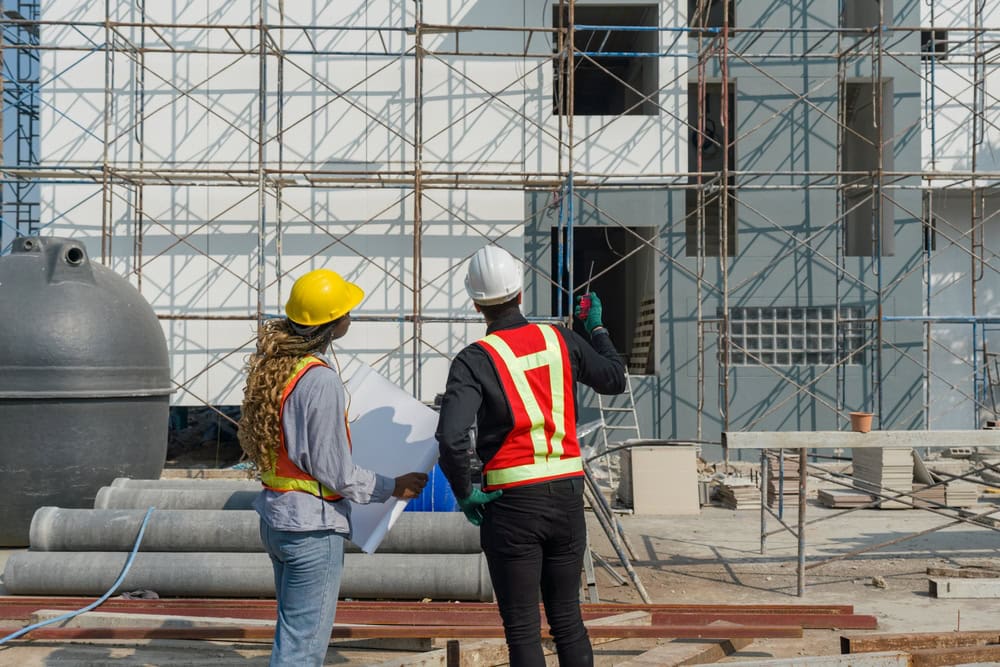How to Get Your First Clients After Getting Licensed in California
Earning your contractor’s license in California is a major achievement—one that reflects your hard work, technical skill, and commitment to professionalism. But passing the exam and getting that coveted license is just the beginning. The real challenge starts now: how do you turn your new credentials into paying clients, especially in one of the most … Read more










